The Best Reptile-Friendly Plants for Your Enclosure
Reptile keepers are always looking for ways to upgrade their reptiles tank or vivarium, in this article, you will come across the best reptile-friendly plants for your enclosure that will give your vivarium more life and also prove to be beneficial for your reptiles.
In a tiny, contained space known as a vivarium, you can keep plants or animals for observation or research (opens in new tab). In the realm of reptiles and amphibians, they are typically either hot (and frequently dry) terrariums or semi-aquatic paludariums.
You can use a variety of plants in various areas of the enclosure, but the vivarium plants you choose will depend on the type of reptile you are keeping.
It is better to go for natural plants for your vivarium rather than artificial ones, here are some of the reasons why.
Natural vivarium plants for use
Reptile terrariums with live plants give the animals kept inside a sense of security. When they want to view something, they can climb up high, and when they want to hide, they can tuck behind a big leaf. Animals like the anole like nipping at the water droplets on the nearby leaves.
It stimulates them to act in ways that you would see in the natural if you provided them with an environment full of live, reptile-safe plants.
Additionally, it improves a reptile’s general health by:
- lowering stress levels and increasing atmospheric carbon dioxide.
- aiding in keeping the air’s humidity level.
Simply put, vivarium plants that are still alive look more appealing.
If your vivarium is a prominent element in your home, you should think about the décor because live plants are SO MUCH more attractive than a barren tank or artificial plants.
Best plants for a desert-like vivarium
Oftentimes, desert vivariums are rocky or sandy, with few other structures—just like a real desert. All plants, even the tough and sparse ones, are helpful in this situation.
Although they don’t live in the water, amphibians require a moister habitat, hence desert vivaria are almost exclusively utilized for reptiles. Below is a list of the best 3 plants for a desert vivarium.
Aloe vera
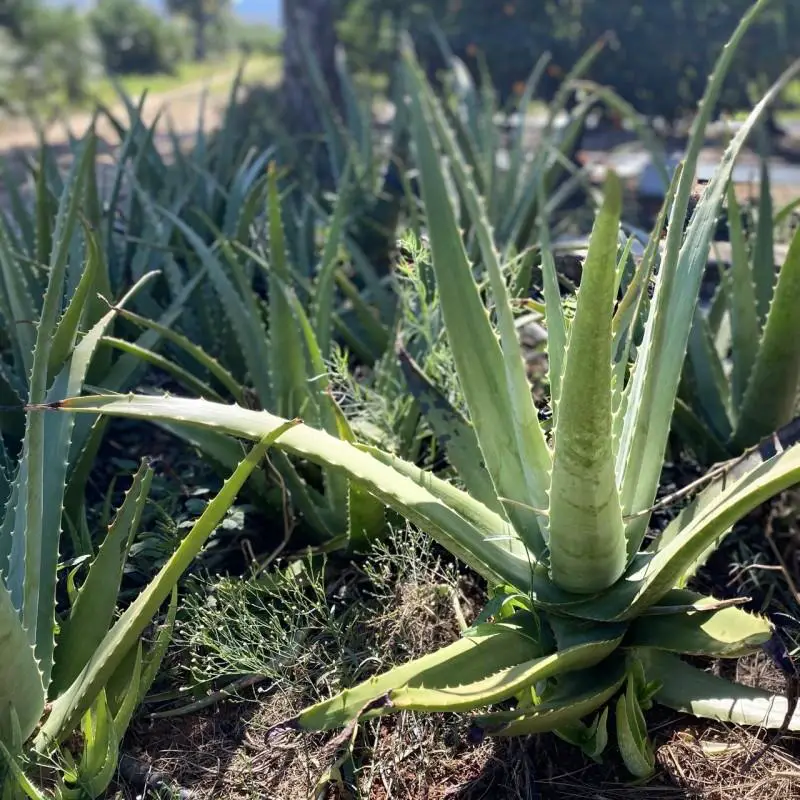
Image credits Quieronaranjas.com
It could appear dwarfed in the terrarium if you get a small plant, but this common houseplant can grow up to one foot tall, so don’t be discouraged.
If all the conditions are right for growth, it will start to take up space.
Aloe can be planted straight into the substrate even though it shouldn’t be in direct sunlight. Only when the soil is dry should it be irrigated.
It is also safe to be eaten so you will not have to worry if your reptile ever eats it but make sure to replace it after it’s bitten.
Echeveria
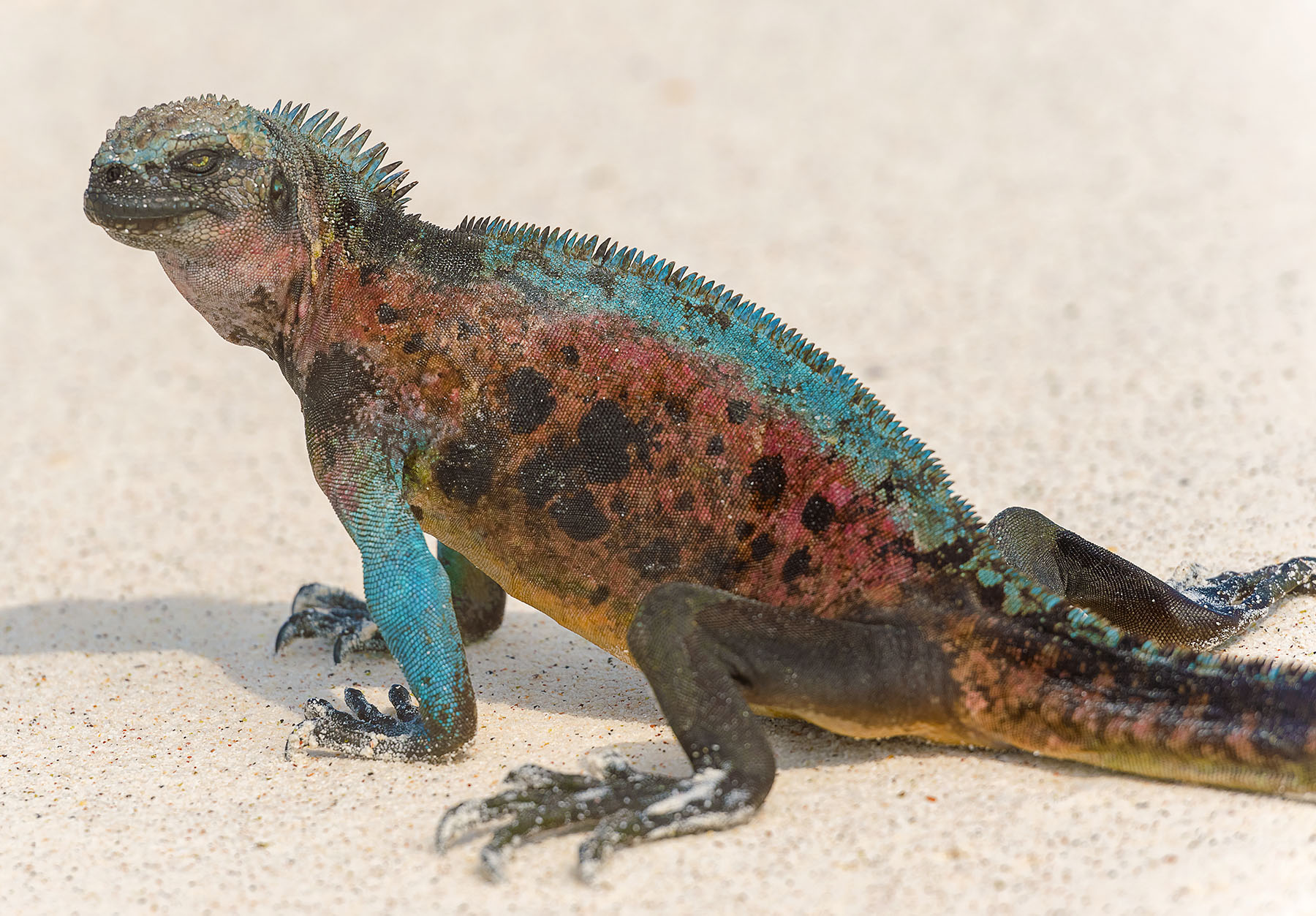
Image credits Images.immediate.co.uk
Occasionally referred to as the “black prince” or “black Knight,” this is a big flowering plant. Echeveria has a wide range of colors and grows low and in rosettes.
top vivarium plants for echevaria
Due to their low maintenance requirements, which are typical of most succulents, Echevarria is a wonderful addition to the majority of vivariums. They are also very attractive and come in a range of hues, including blue, purple, and green.
Despite their propensity for slow growth, some kinds can reach heights of up to 12 inches and widths of 12 inches!
Frithia Pulchra
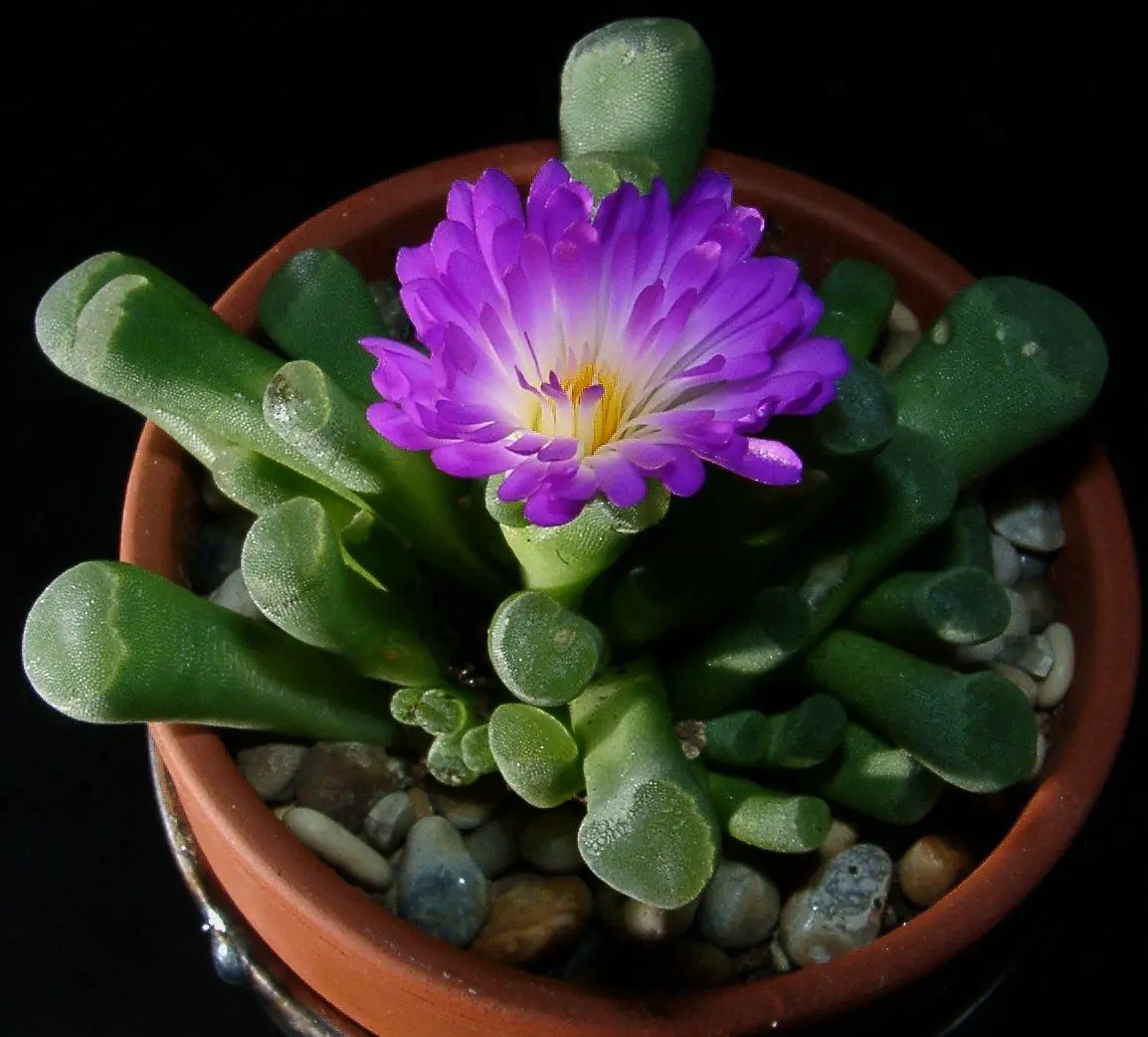
Image credits upload.wikimedia.org
The peculiar way that this plant grows makes it worthwhile to own. Although “hairy elephant feet” could be a better name, it is also known as “Fairy elephant feet.”
This succulent has a stumpy growth pattern with a thin layer of hair on it.
It is a little harder to grow than other succulents but if you can devote extra care to it you might just be rewarded with a pretty purple bloom!
The best indoor tropical plants
A tropical vivarium replicates the rainforest’s natural environment since it is warm and humid. Many reptiles and amphibians like the tropical vivarium as their home, including certain tree snakes and dart frogs.
They are colder than a vivarium in a desert while having a higher humidity.
When choosing which live plants are BEST suited for a tropical vivarium in a reptile terrarium, keep the following in mind above all else:
Snake plant
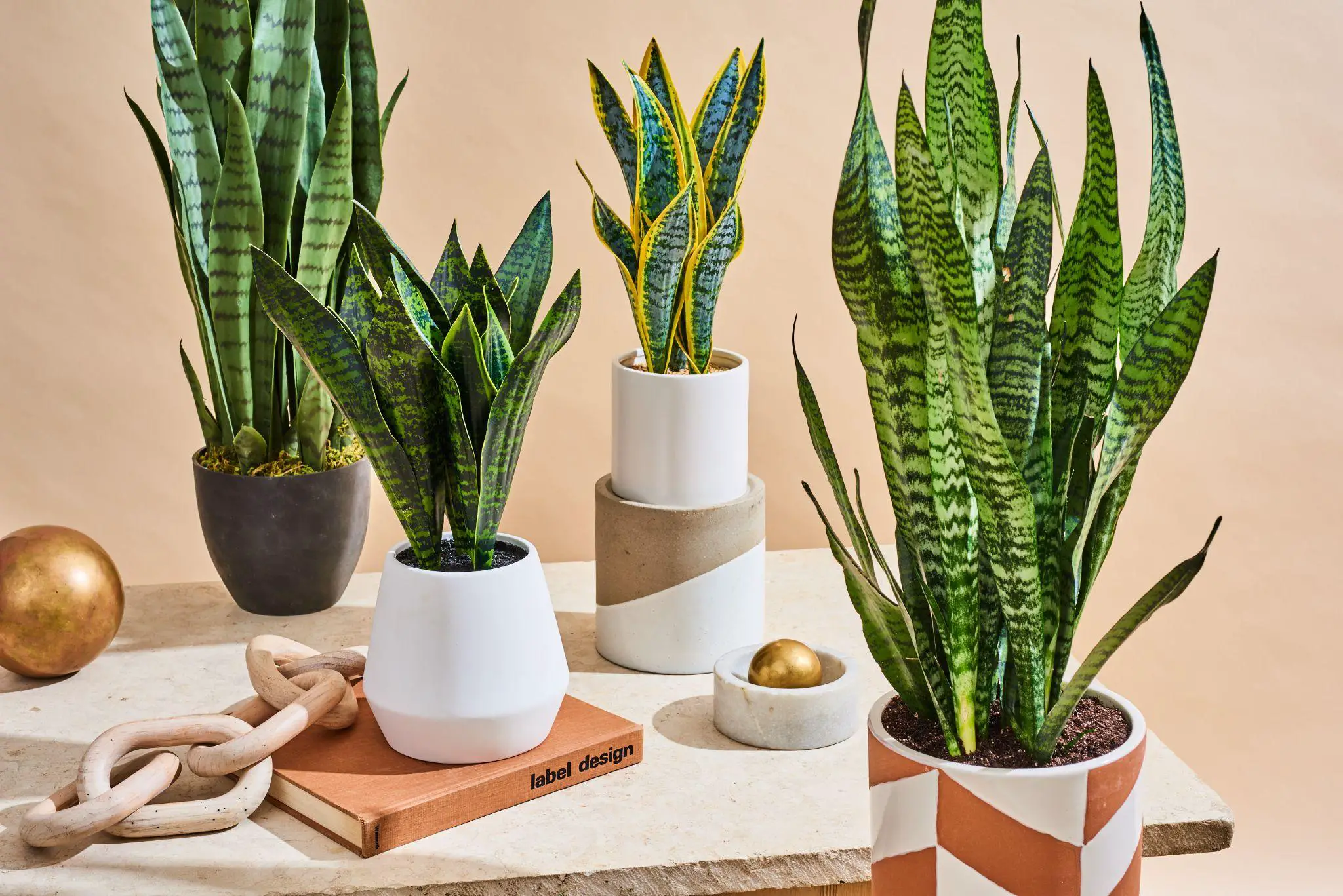
Image credits Cdn.apartmenttherapy.info
These resilient plants thrive in reptile cages and are typical houseplants across the globe.
A tropical succulent called the Snake Plant does well in both tropical and arid environments.
Therefore, this versatile music might be useful in just about every situation.
These people can withstand harsh conditions both physically and psychologically.
The tall, dense leaves may sustain several smaller climbing plants.
This is beneficial since these creatures grow to be very tall. Therefore, they are most likely the greatest option for cages housing arboreal animals that like climbing.
Neoregelian bromeliads
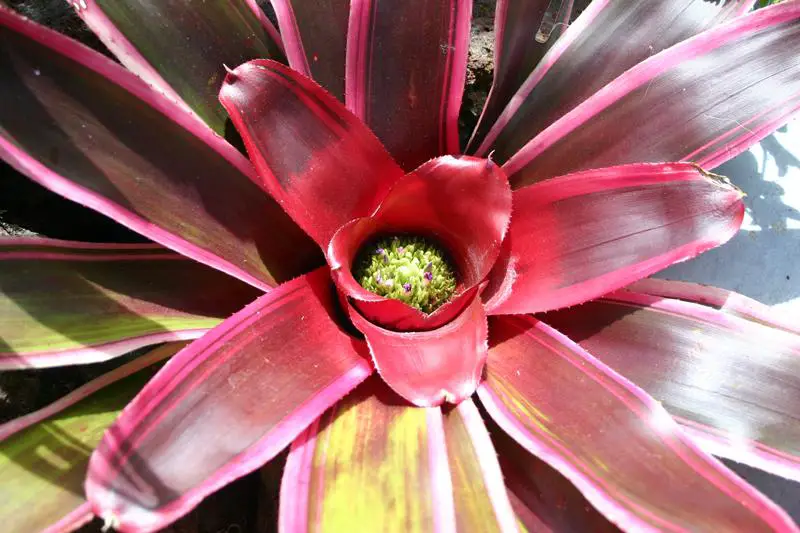
Image credits Upload.wikimedia.org
In Thailand, I came across this MASSIVE Neoregelia (but they come much smaller).
The Bromeliad genus has long been a favorite among herpetoculture enthusiasts.
After all, what’s not to love? It is a genus filled to the brim with unusual plants in a spectrum of exquisite colors and shapes.
Neoregelia is a suitable example. These epiphytic rosettes with vivid colors are both breathtakingly beautiful and remarkably adaptive. They may be easily put into vivarium backgrounds and hardscape trees.
Additionally, dart frogs and tiny arboreal lizards may unwind in the rosettes’ natural little cups (and sometimes get a drink from inside them).
Another group of closely related terrestrial plants with leaves that resemble more sharp stars are called Crypanthus Earth Stars. The Tillandsia Air Plants are last.
Epiphytic in nature, air plants have peculiar tendril-like leaves that spread out in all directions really strange and unusual.
Aluminum plant (Pilea cadierei)
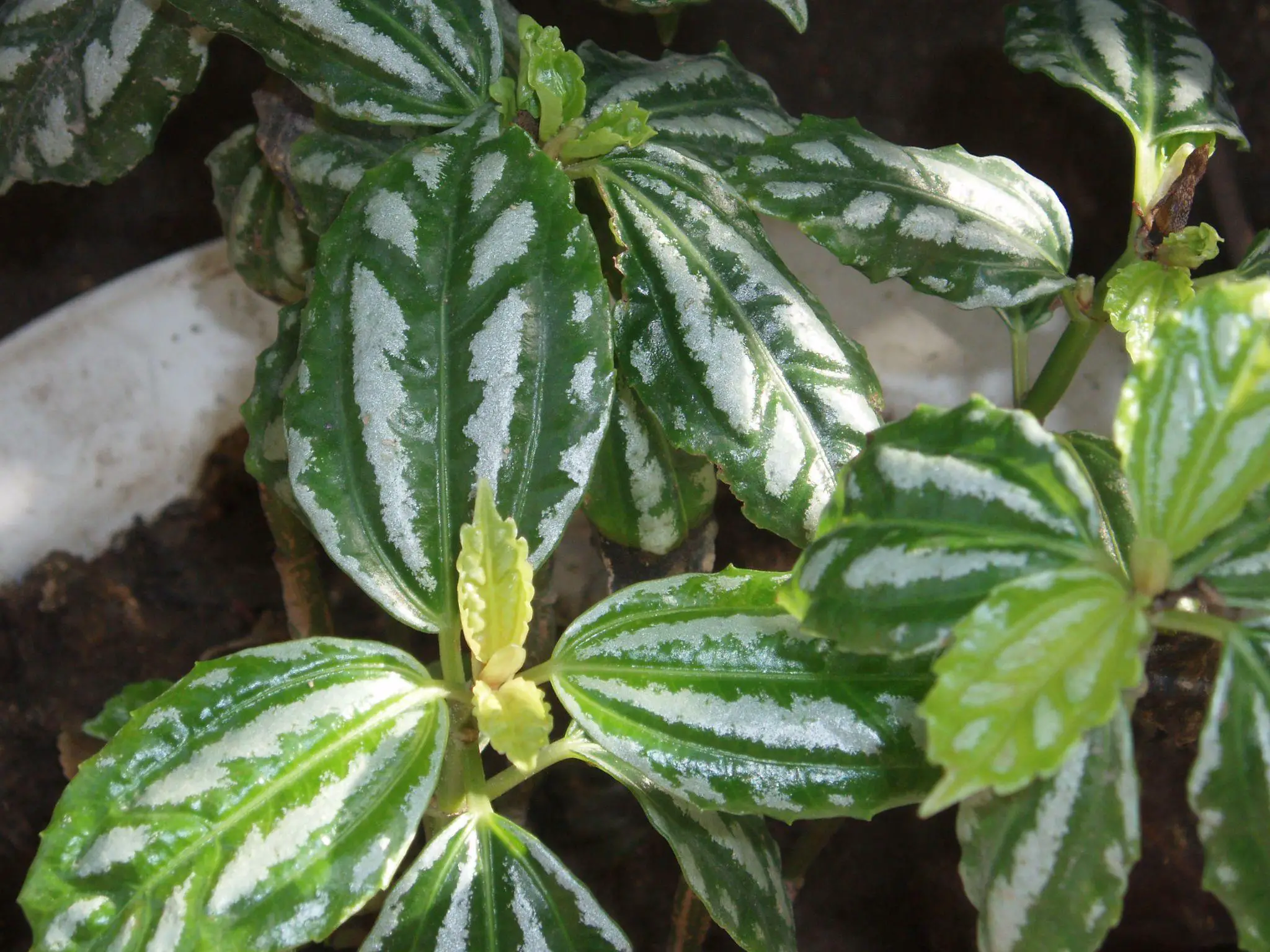
Image credits upload.wikimedia.org
The Aluminum Plant has stunning hues.
The Aluminum Plant is a striking and lovely addition to any terrarium for reptiles.
Named for the distinctive silver variegation that is splattered on a background of dark green lush vegetation. A beautiful blend of uncommon and natural hues may be seen in Pilea cadierei.
Sincerity is told, they grow swiftly and have a growth pattern like a shrub.
Check out Pilea involucrata (Friendship Plant), which has a warm reddish tint, or Pilea mollis, which has a lime green hue, if you’re searching for something comparable in entirely natural hues (Moon Valley Pilea).
Additionally, when it comes to vines, don’t forget about the genus. The Pilea depressa is a fantastic plant to use in a realistic setting to add some untamed growth.
(Tradescantia zebrina) Inchplant
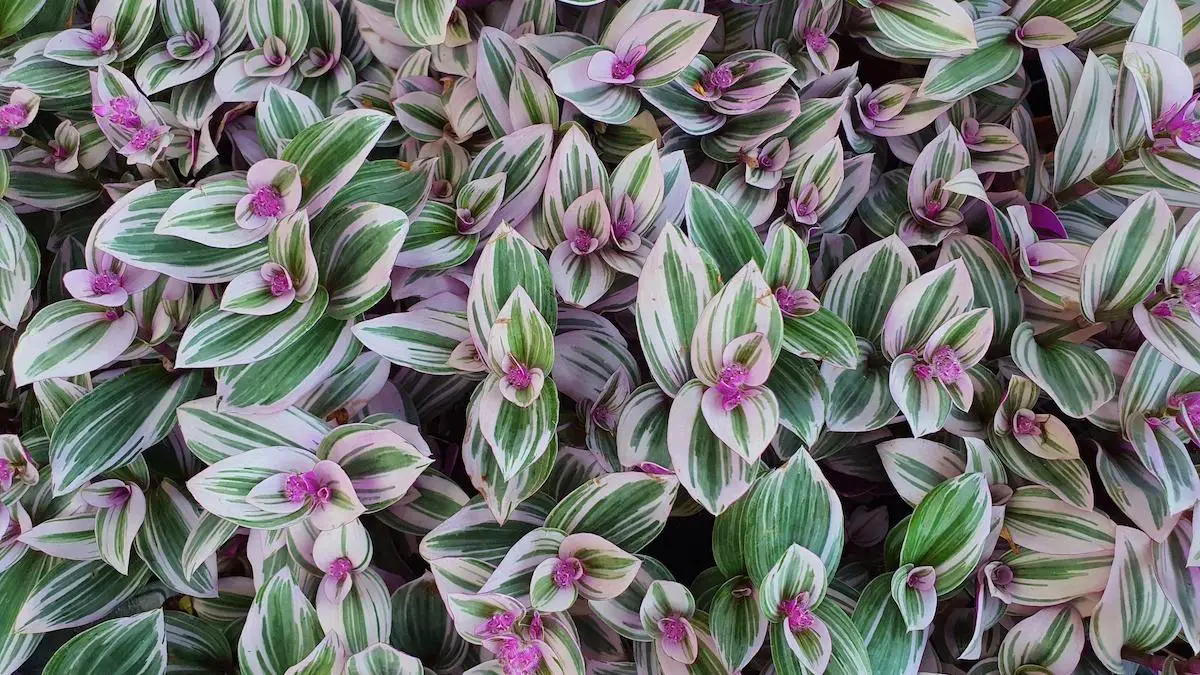
Image credits Images.ctfassets.net
The irregular growth of Tradescantia zebrina is stunning.
This vibrant violet vine grows well in tropical terrarium environments and is tough and versatile. When utilized as a hanging plant, its angular growth form might potentially result in a thick thicket (full of great hiding spots).
Despite the chance that it could occasionally need trimming, this plant is already there.
Peperomia caperata or Rosso
They have a wonderful chocolate-green color.
Peperomia is a diverse and sometimes ignored genus.
However, they often get along well in the terrarium.
If you’re looking for little plants that are bursting with color and personality, go no further than the Peperomia Rosso. the vibrant scarlet and rich green foliage’s leaf undersides.
A great replacement is the “Piccolo Banda” Peperomia albovittata (the Peacock Peperomia).
Fence Plant (Maranta leuconeura)
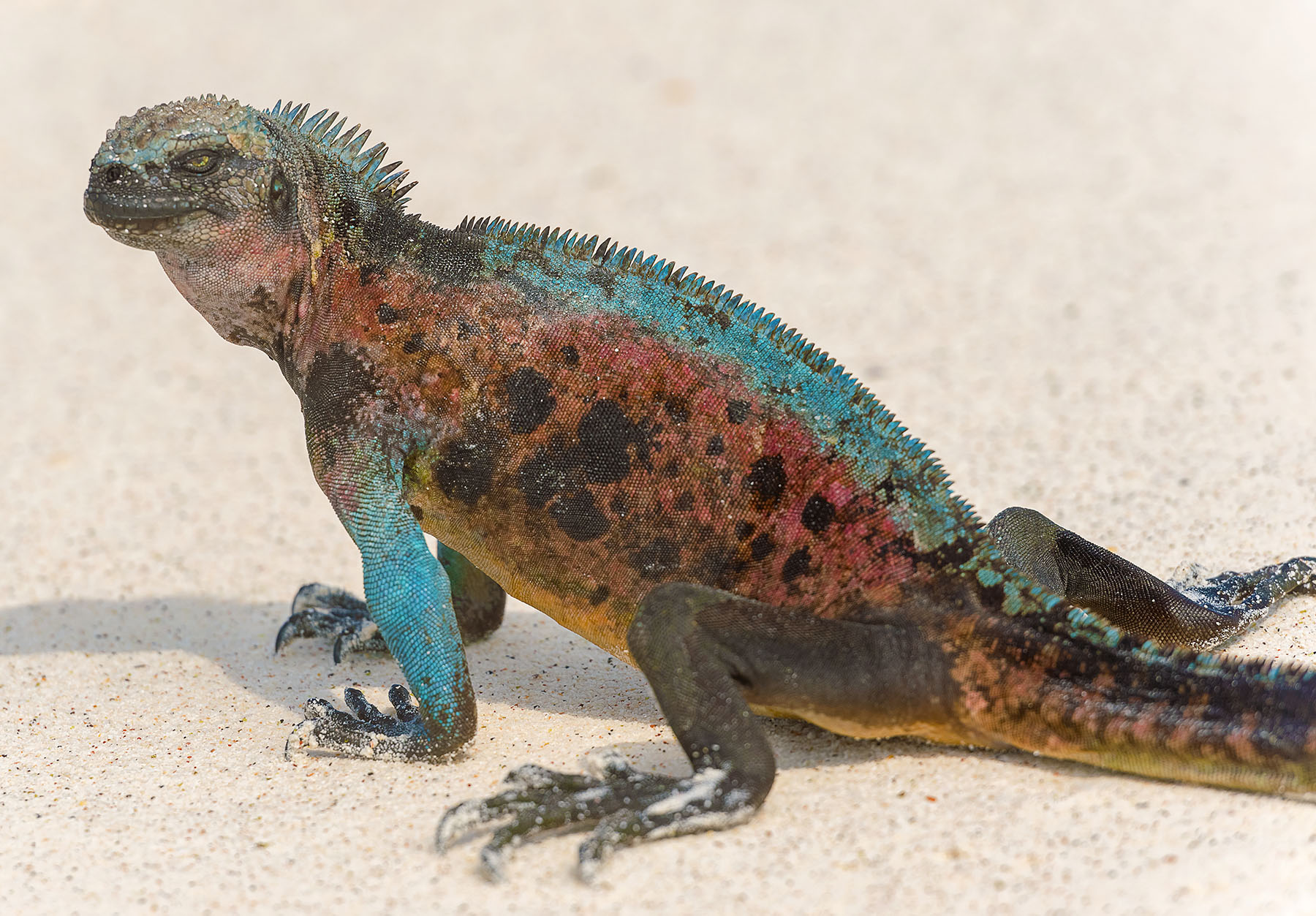
Image credits I.pinimg.com
The vibrant leaves of Maranta leuconeura should not be missed.
Let’s add one more prayer plant to the mix last but not least.
Maranta leuconeura has lovely spherical leaves with a distinctive pink herringbone pattern (like the actual fish and then the weave).
Perfect for adding a distinctive atmosphere to a tropical scene.
Ficus
Although the focus is well known, not everyone has the same idea in mind when they hear the phrase “growing a ficus.”
Here are a few species, identified by their common names, that can help clarify any misconceptions about these adaptable plants.
The rubber plant is the best substitute for focus.
This single-trunk tree will resemble a shrub when it is growing in a small space. Even though most animals would find it difficult to scale it, this plant requires solid soil and a well-draining pot in order to be maintained.
A different option for ficus is the weeping fig.
Even though this tree can get rather big in its natural habitat, growing it inside might prevent that. It requires more light and less water.
The third option for ficus is the creeping fig.
This plant will spread out, grow, and even crawl along a habitat, as its name suggests. It enjoys lots of light and is excellent for hiding unsightly aquarium components.
Ferns
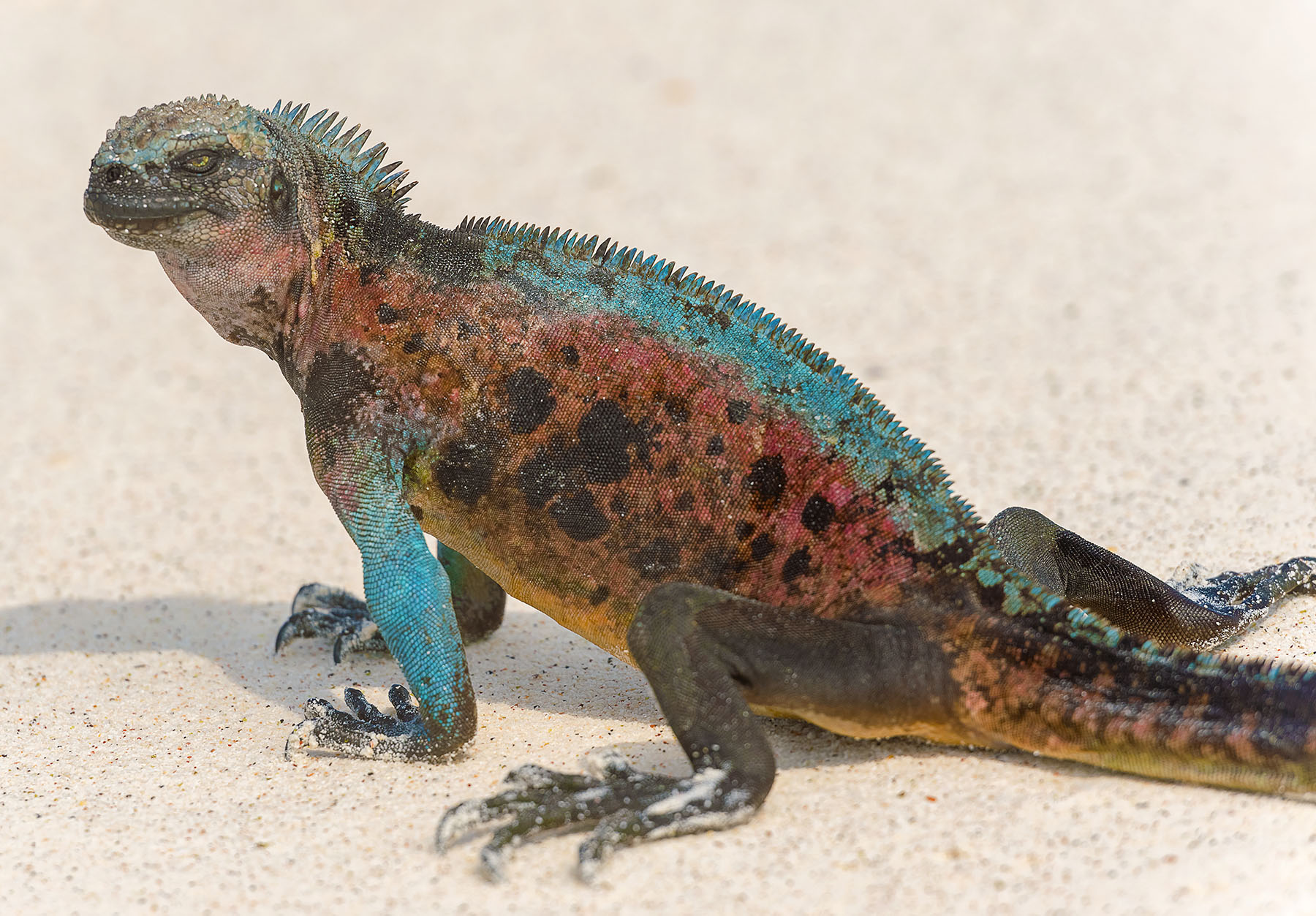
Image credits Images.ctfassets.net
The fern will thrive in lower lighting, unlike Ficus. But each species has unique benefits, just like the Ficus.
Red Stag Fern
When planted in areas with lower illumination, this fern is possibly the MOST forgiving.
As a result, it might be advantageous in habitats that don’t require intense sunlight or near the edge of one.
With a bird’s nest, a fern
The large leaves of this fern offer ideal cover for reptiles that like to conceal, even though it tends to need a little more light than its relatives.
New York Fern
Although this common plant is regarded as being easy to care for, it may be fussy when it comes to having too much light or water.
Put it somewhere someplace it won’t be exposed to bright light, then kindly ignore it.
Orchids
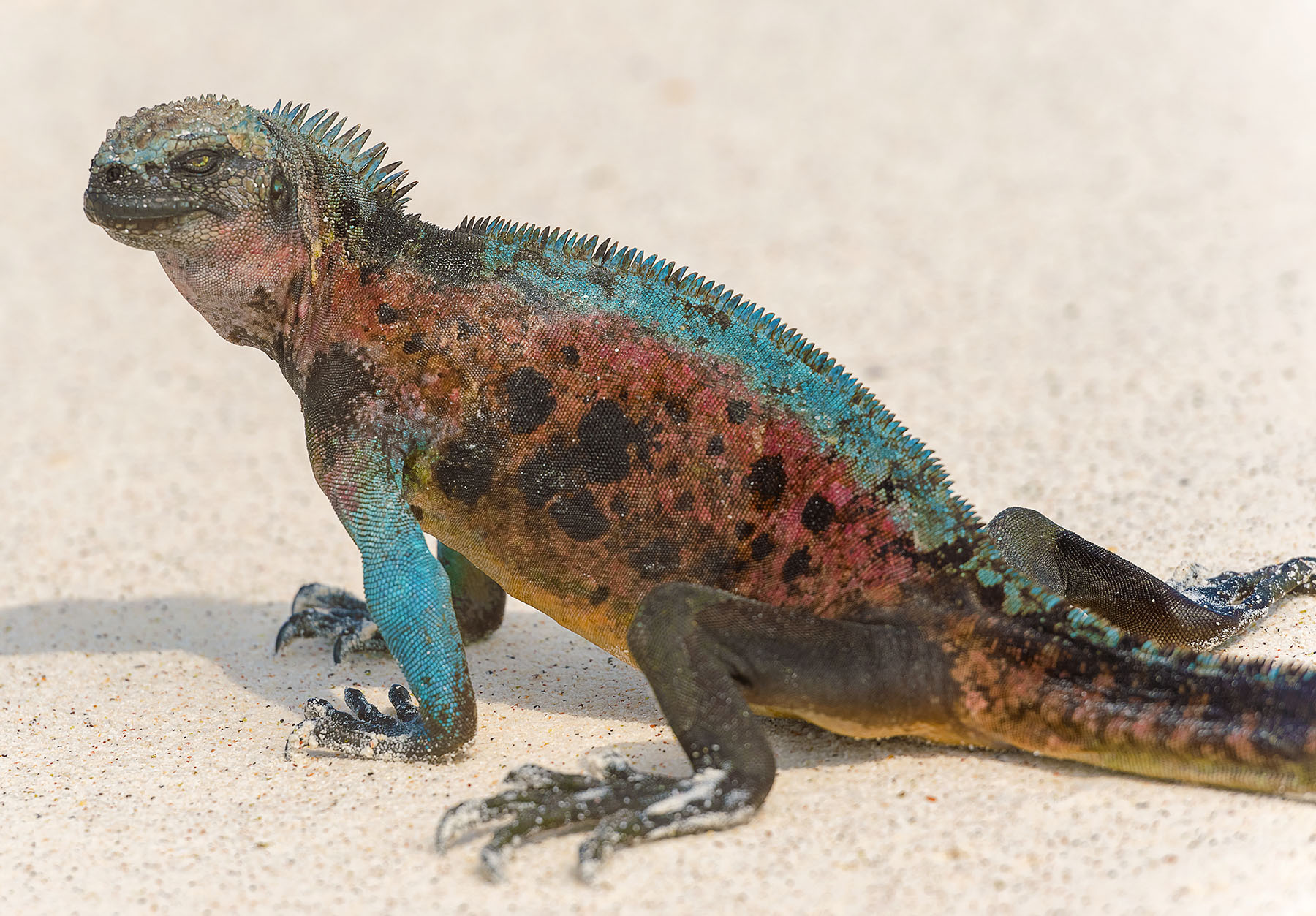
Image credis www.1800flowers.com
One of the plant species on this site that is one of the most difficult to grow (let alone maintain life), the orchid, makes up for its difficulty with sheer beauty. This plant will reward you with gorgeous, deep purple blossoms if you take good care of it.
Orchids are famous for being difficult to grow as houseplants. One might picture people talking to their orchids and trying to awaken them to life.
There are thousands of different species of orchids, but not all of them are very challenging to grow.
You might actually forget that there is anything else in the terrarium besides the orchid when these two samples below are growing! The orchid may not offer much more than aesthetic value, but when they do!
Violet Orchid (Ludisia Discolor)
When in bloom, this orchid is magnificent. Each spike’s leaves are 2-3 inches long and 10 inches tall. The entire plant may extend out to a minimum of two feet and contains several flowering spikes.
rock orchid in pink
The most distinguishing feature of this orchid is the pinkish-purple flower, which generally blooms in clusters.
The ideal plants for a semi-aquatic greenhouse
Because it is a cross between an aquarium and a tropical terrarium—half of the tank is water, like a pond setting, and the other portion is dry but yet humid—creating a semi-aquatic vivarium presents a special problem.
Some turtle species and even a few semi-aquatic lizard species that enjoy swimming do well in semi-aquatic vivariums.
This is often accomplished by creating a topography on one side of the vivarium and water on the other, with a submerged plexiglass barrier to separate the sides.
There will be both aquatic and non-aquatic plant species (those that grow on land or in water).
You may use any non-aquatic plants that like dampness and are secure around your amphibian (or, perhaps, reptile).
lucky bamboo (Dracaena sanderiana)
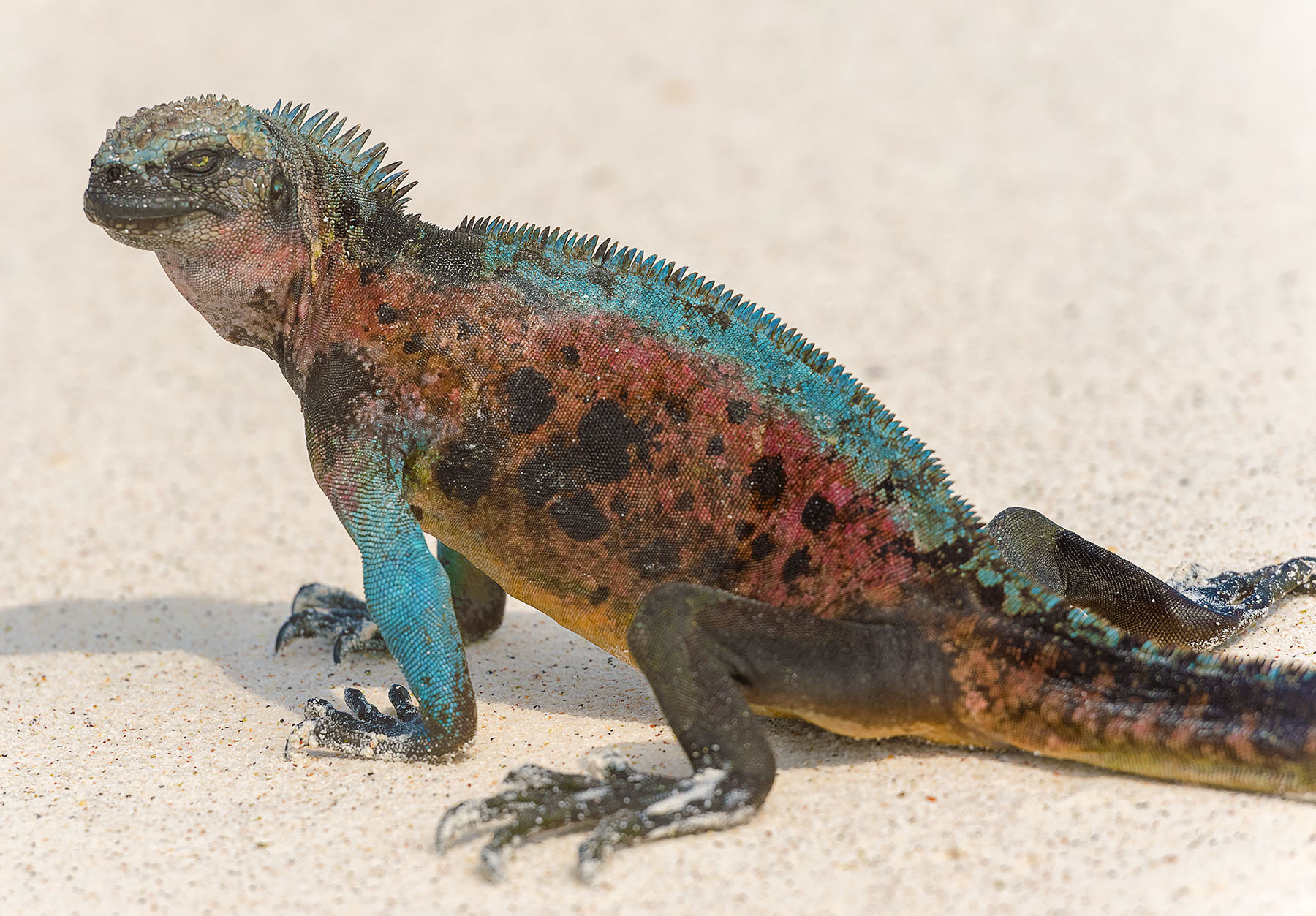
Image credits Gardenerspath.com
Lucky Due to its ability to grow in or out of the water, bamboo is a houseplant that is suitable in this situation. Despite the possibility of rain, a humid environment is preferred.
Because it can be braided and twisted into many forms and fits any location you urge it to grow in, this plant is immensely entertaining to cultivate.
Tillandsia
These plants, which are currently very in demand and are frequently offered to grow in hanging glass pots, are known as air plants.
They are incredibly simple to add to your vivarium in practically any position because they absorb nutrients and moisture from the air.
Venomous plants
These simple growers, which are frequently a beginner’s indoor plant, expand and adore wetness but also require good drainage.
They may thrive when placed in the vivarium so that their leaves may hang down and collect moisture from the surrounding air.
Optimal Aquatic Plants
The aquatic plants on the list below, like all other plants, exist in a variety of forms and sizes and have different needs. The only similarity between them is that they both need water.
Java moss
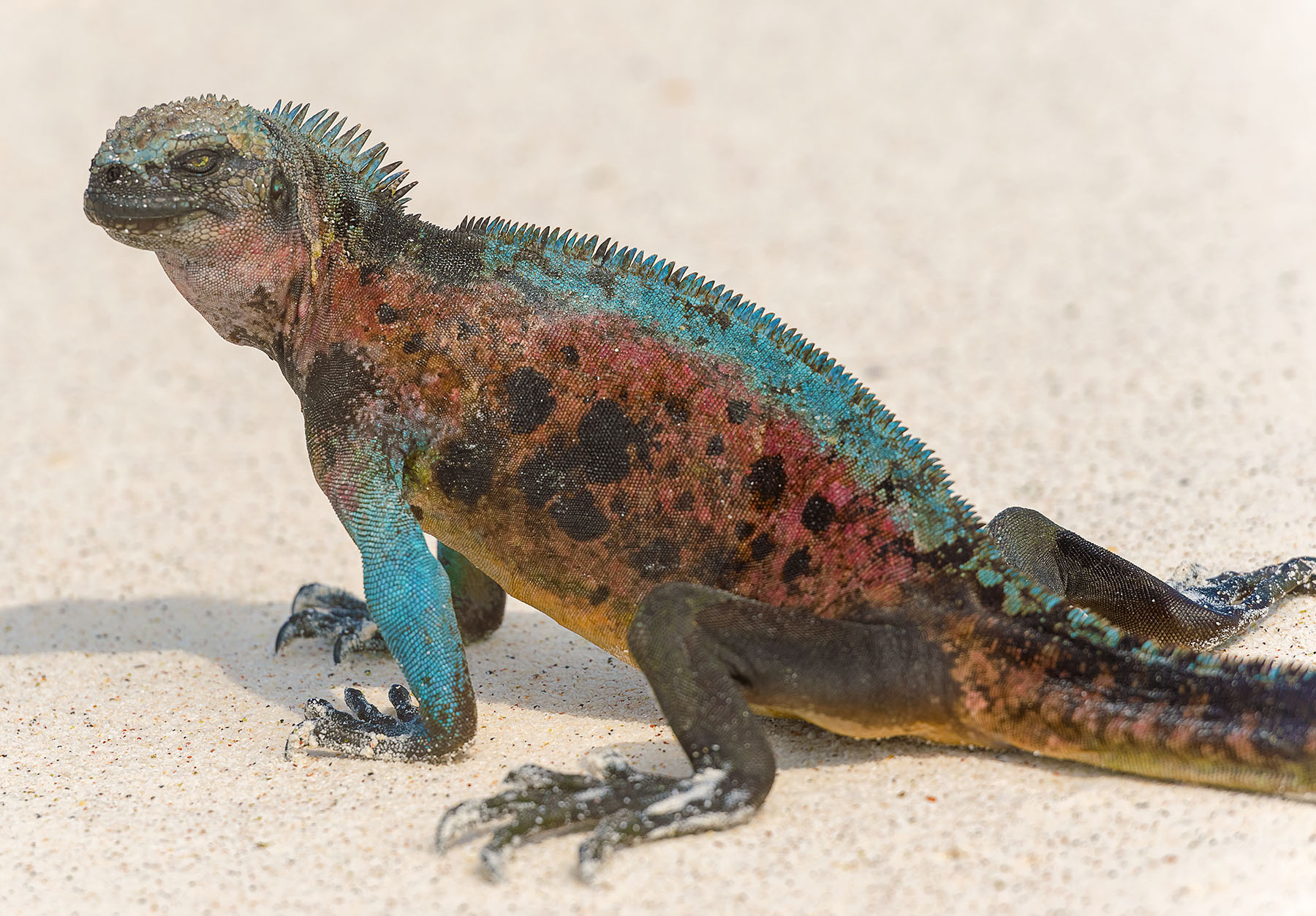
Image credits .daraz.pk
This plant needs medium-high light. You can reduce the amount of light you give it to halt its development.
One of the most desirable properties of java moss is its capacity to be trained to grow on items by being fastened with a fishing line. This includes pots, logs, and a water-based wall.
Amazon Sword
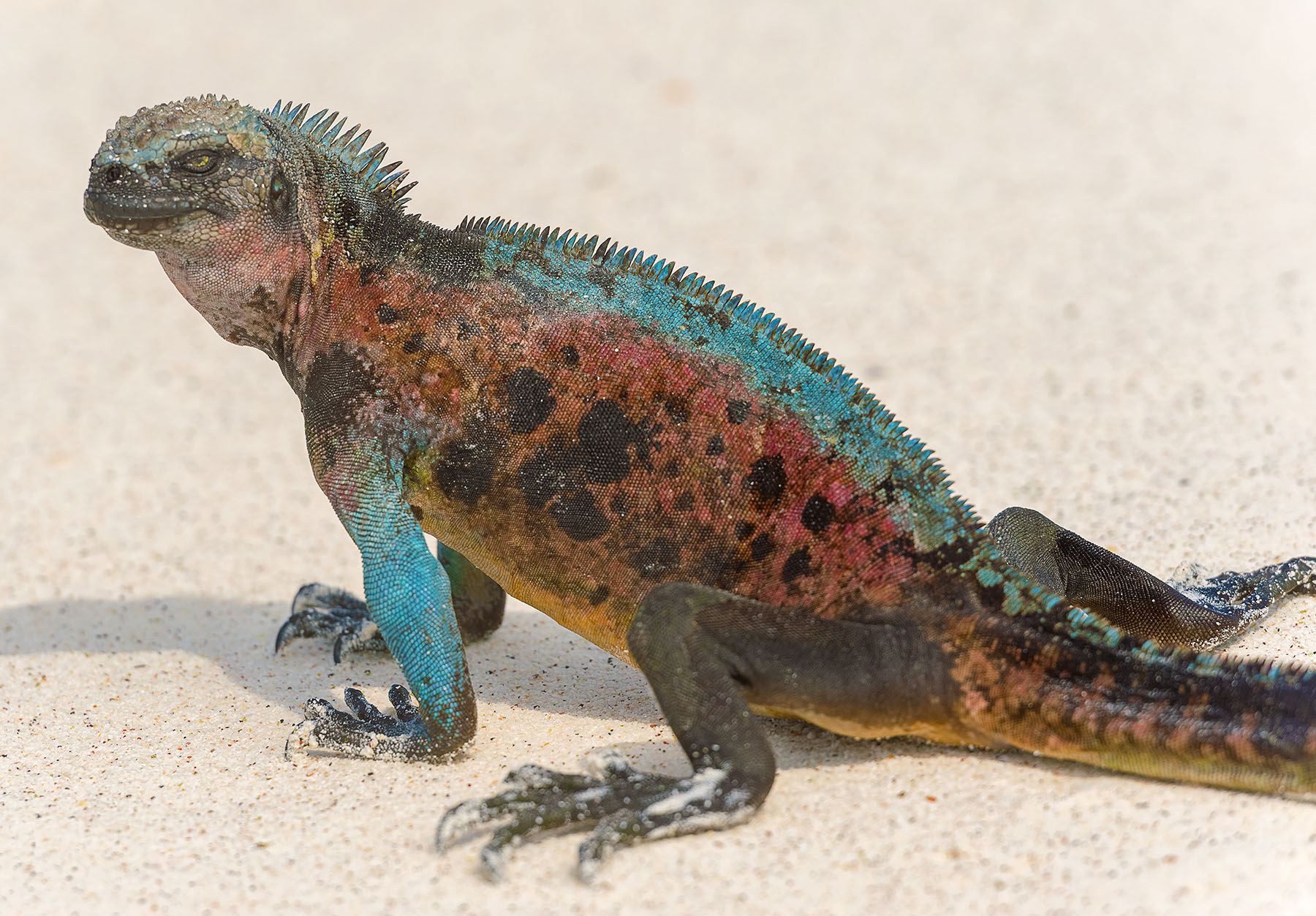
Image credits M.media-amazon.com
When immersed, this plant grows in clusters and has long, almost fern-like leaves.
It is a very low-maintenance plant that makes a fantastic first plant for beginners due to its low-to-medium light requirements.
Anubis nana
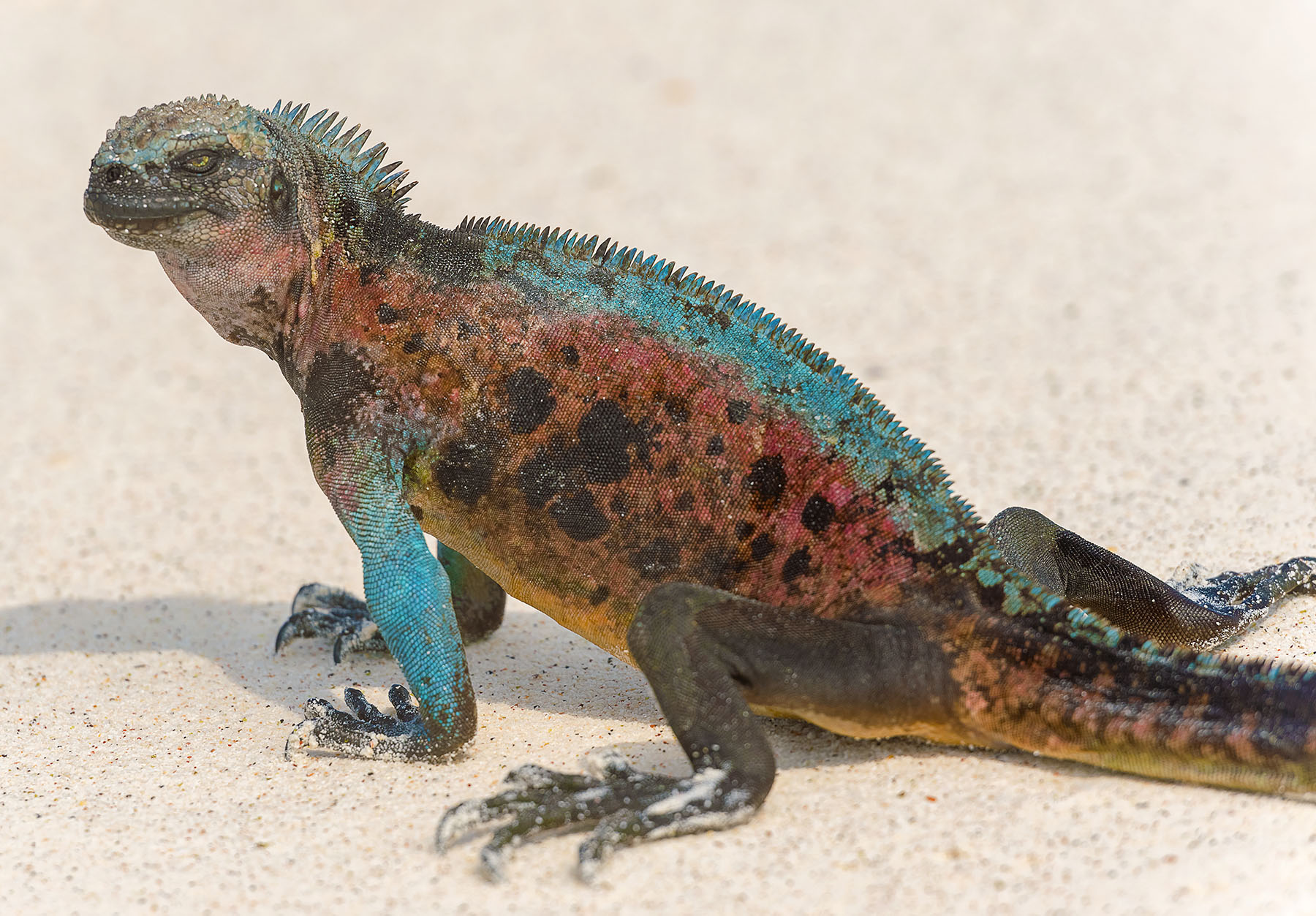
Image credits amazon.com
This plant, which may be cultivated in little clay pots submerged in water to prevent it from wandering about, has flat, broad dark green leaves.
Although it does some spreading, it mainly merely forms bunches and clusters where it is planted.
How to choose the best vivarium plants?
When searching for the plants that will thrive in your vivarium, you’ll want to keep a few tips in mind before just going crazy at your local nursery.
Consider the following 6 variables before adding any additional vivarium plants:
Toxicity
Before you begin, learn about your species and which plants are poisonous to your reptile or amphibian.
Choose a reputable plant seller that doesn’t use pesticides or other chemicals that might hurt your pet while you’re buying plants.
Climate
Before you can narrow down your search for the appropriate reptile-safe plants, you must first decide on the ecosystem you want to imitate.
How did it go raising your pet in that environment?
Is it hot and humid or hot and dry? The temperature does fluctuate during the day.
Would you like it if one wing of the habitat had a lower temperature?
Once you’ve established the conditions your plant needs to thrive, you may begin to restrict the kind of plants that will work for you.
Light
Look for a plant that will thrive in the reptile’s vivarium. Therefore, you can essentially relax in the knowledge that you won’t need to provide any additional or special lighting, which might obstruct your pet’s ideal environment.
In an ideal circumstance, you would already be knowledgeable about the kind of artificial lighting you are using. This is because the type of light your amphibian or reptile needs is the one that is BEST for your environment.
What if your lamp doesn’t produce a lot of UV light and was made to withstand heat? It’s unlikely that you’ll be able to grow plants underneath it.
Durability
Is your pet large and hefty, with a lengthy tail?
If so, he will quickly smash any fragile or little plants you put in his aquarium.
Similar to this, if he likes digging and burrowing, you won’t want plant specimens that can’t tolerate being dug up.
Design
The design of the vivarium must be carefully taken into account.
Is there enough room for both a hotter and a cooler side?
Does your pet genuinely need it, then?
Will your design incorporate a variety of plants?
Will some provide cover and a place to hide while others provide a place to climb?
The purpose of each plant and the location in the enclosure where it will be placed.
Make a note of how each plant will develop after you’ve decided how you’ll use it.
Remember that the higher plants will be shaded by the larger ones as well. Thus, it is best to position the plants that require the most light higher than those that do not.
Considerations
Contrary to popular belief, not all vivariums can accommodate plants.
Seek professional aid if you are having problems keeping plants alive in your immediate area; alternatively, permit yourself to construct a vivarium without any plants.
In some circumstances, the heat required to give your animal a pleasant home is excessive for healthy vivarium plants. In these circumstances, it is advisable to provide non-living materials like pots, dead branches, or imitation plants.
The Top Vivarium Plants in Brief
It might be extremely intimidating to care for your first vivarium plant. However, one of the BEST first recommendations is to ask for advice from a local expert at a hobby event or a nearby business.
Speak with someone who has experience handling a comparable reptile or amphibian kind. At least you’ll have a place to start, even though the advice could change as you develop.
Conclusion
The selection of live plants for your reptile cage is more difficult than it first appears. In areas where reptiles are present, it’s crucial to pick plants that can persist. Before choosing the plants, you should be aware of the chance that your reptile or amphibian might harm, uproot, ingest, or in any other way damage living plants. You shouldn’t add any terrarium plants without research to your tank as they occasionally use pesticides and herbicides that might be dangerous to reptiles. It’s important to use caution when dealing with companies that grow plants for animal consumption. In order to be extra safe, it is usually a good habit to clean and quarantine your plants before putting them in an enclosure, regardless of where you purchased them.
FAQs
What kinds of plants can I cultivate in a vivarium?
every indoor plant.
terrarium with vitraria plants Climbers. Ferns. Epiphytes. Foreground.
every bromeliad. Tillandsia, or air plants.
animal-consuming plants.
Succulent and cactus plants
Examples include Epipremnum Piperaceae, Scindapsus, and Piper.
Can live plants be kept in a reptile aquarium?
First, a quick explanation of the benefits of having live plants in a reptile terrarium will be provided. Your animal has a little fraction of a natural habitat thanks to live plants. It makes their indoor habitat more similar to what they may find outside.
Are UVB rays necessary for vivarium plants?
Since they absorb light energy in the 400-700nm (PAR light) spectrum, plants cultivated in vivaria may or may not benefit from UVB lighting.
Which flowers are edible to reptiles?
Flowers. Certain flowers could be tasty (both for plant-eating reptiles and for people). Flowers like hibiscus, carnations, dahlias, geraniums, and pansies are safe for lizards to consume. Two blooming plants that are regularly seen in yards yet are occasionally regarded as weeds are dandelions and clover.
How are vivarium leaves sterilised?
Using damp leaves, microwave the leaf for five minutes.
Well-cleaned leaves should be boiled for five to ten minutes.
Baking: For 30 to 45 minutes, bake washed leaves at 200°F.
Before being baked at 200°F for a number of hours, or until the center reaches 140°F, the wood has to be well washed.







